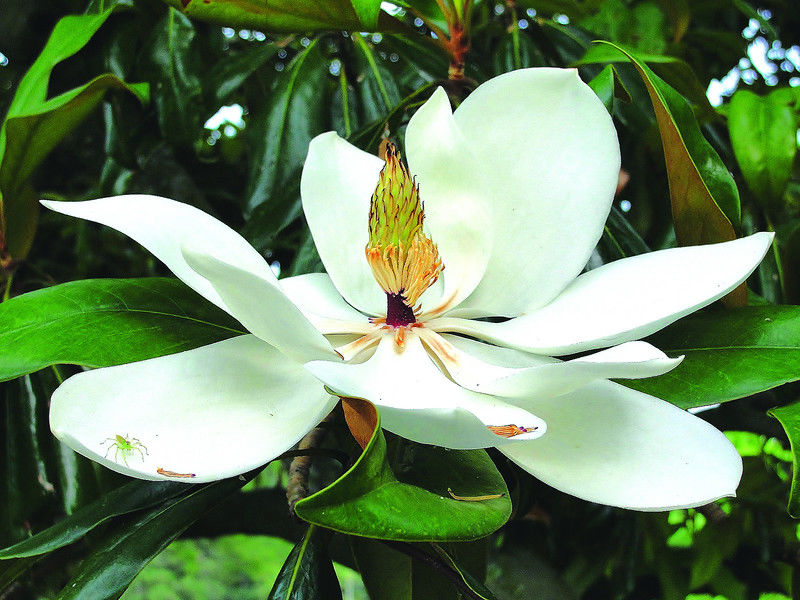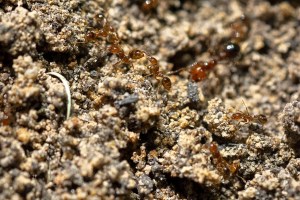Magnolia is the grand old tree of the South
Published 1:06 pm Thursday, July 6, 2017

- COURTESY The magnolia tree is known for its beauty and its fragrant flowers that smell of lemon cream pie.
GREG GRANT, Texas A&M Agri-Life Extension Service
“The finest and most superb evergreen-tree that the earth produced.”
Trending
– Dr. Alexander Garden, Charleston, South Carolina, 1757
Dr. Garden, the namesake for the gardenia plant, was probably correct. The late, great Southern horticulturist, Henry Nehrling, of Florida, even called it the most beautiful tree in the world. This is no ordinary tree.
No other flower, perhaps no other plant, evokes images of the South the way the grand Southern magnolia does. It is the emblem of the Southern Garden History Society (southerngardenhistory.org) and the state flower of both Louisiana and Mississippi. This stateliest of the evergreen trees is native from East Texas to North Carolina, and can reach an immense size (up to 100 feet) on deep river bottom soils in the wild. For the early American naturalists and gardeners, to see this tree, with its large glossy leaves and huge fragrant flowers, was to fall in love.
The genus is named for Pierre Magnol (1638–1715), who was professor of medicine and director of the botanic gardens in Montpelier, France. Of course, grandiflora refers to the huge, intoxicatingly fragrant flowers that smell of lemon cream pie. Today there are numerous cultivars of Southern magnolia including the popular semi-dwarf Little Gem and the brown backed Bracken’s Brown Beauty.
It’s important to realize that green or brown-backed, evergreen magnolia foliage is not truly evergreen. Each year when the new foliage emerges, the oldest crop of leaves turns yellow and falls off. This prompts numerous phone calls to Texas A&M AgriLife county extension offices and local call-in garden shows. It’s perfectly natural and unavoidable, however. Another dilemma the Southern magnolia poses is whether to let the branches grow naturally to the ground or to “limb them up,” exposing the lower trunk. Both options have their fans. Just realize that it’s virtually impossible to grow anything beneath the dense shade cast there, especially turfgrass. I prefer allowing the branches to grow as nature intended, all the way to the ground, and avoiding having to worry about fallen magnolia leaves and sun-starved grass.
The Southern magnolia was introduced into England around 1734, but never thrived in the chilly climate there. This fits a rule that I have developed over the years: If it thrives in England, it won’t grow in the South, and if it sulks in England, it belongs in the South. The English don’t do well with crape myrtles, cannas and crinums, which also prefer warm summers and mild winters.
Trending
Magnolias require deep, acidic, well-drained soils. The exception, of course, is the moisture-loving sweet bay magnolia (Magnolia virginiana). This makes them somewhat problematic in the alkaline areas of Texas, including Dallas, Fort Worth, Austin and San Antonio. Though they are considered easy to grow, because of their bottom land origins they generally need deep mulching and supplemental irrigation during the months of July and August.
It’s hard to resist the enduring allure of magnolias. The South wouldn’t be the same without them.





